‘Older’ Susannah comes out of ‘retirement’ to focus on ‘Abermoaners’, Trump and ‘Money to Burn’. By Suzanne Kelly.
 Tally Ho! It’s been a while; years in fact. And now that Fred Wilkinson has decided to revive Aberdeen Voice online news, it would be rude not to write a quick column.
Tally Ho! It’s been a while; years in fact. And now that Fred Wilkinson has decided to revive Aberdeen Voice online news, it would be rude not to write a quick column.
I’m older, no doubt. I’ve got the beginnings of osteoarthritis, and now have a substance abuse problem involving Voltarol and aspirin. The eyes are getting a bit cloudy too.
But these minor inconveniences are just reminders of what a short time I’ve got, we’ve all got here.
Onwards, upwards.
On a personal note, as it’s been such a long time. A night at a Soft White Underbelly show in late May was a recent highlight I’ll not forget during the downtime from Aberdeen Voice.
The crowd was wonderful; people sang every line; the band was brilliant. It reminded me of what my US teenage years were like.
We came and went as we pleased; we drank from age 18; there wasn’t a school shooting or mass shooting event; no school shooting drills. ICE agents didn’t walk up to me or my friends, who happily were from many different backgrounds, kidnap us and send us to prison camps or foreign torture camps.
Pseudo-Christian evangelical types didn’t come up to us on the beach and demand we cover up while sunbathing. If a girl needed medical care – she got it without the State deciding what she could or could not do with her body. If someone rich or poor was a multiple felon or a sexual assaulter, they were shunned.
We had fun, we went a bit wild. There were bike runs to secret Soft White Underbelly gigs (Blue Oyster Cult’s underground name), and their recent London date reminded me how important music is, how much freedom we had back then, and how much is being taken away. I want all that freedom back for myself and everyone.
I don’t dare fly to the States. People get arrested at the border if they have too much luggage, no luggage, satirical pictures of the president and vice president. I hope Americans take their freedom back. Soon. And I hope the UK will stop pandering to dictators the world over.
I hope we can choose better allies and help civilians against whom wars are waged – while it’s possible.
Music has taught me a hell of a lot about freedom, protest, social problems.
If you like a band, an artist, support them. Time’s short, and as the ‘Prince of Darkness‘ passing has taught us, this is not a dress rehearsal. I’ll be remembering great artists when they pack me off to a nursing home; I’ll be singing ‘Out on the Tiles’, ‘Warpigs’, ‘Then Came the Last Days of May’ and ‘Comfortably Numb (Body Count version)’ to myself as the meds kick in. But now, normal services resume while I’m still kicking. Time to move on to the satire and definitions.
Building on this success, President Donald J Trump is in town,
After all, there is so much to celebrate. Where to start…. The council promised us that a revamp of Union Terrace Gardens from its former dingy, grassy, tree-filled Victorian status to something smart and successful would lead the revival of the high street.
Some cynics thought that building brand new tram-shed style shops to open yards away from the closed and closing shops of Union Street, thereby creating more competition wasn’t a great idea. But the council insisted they had people on waiting lists to rent space in these lovely glass sheds, which blend in so naturally to their granite neighbours.
And it only cost £28 million, give or take.
Building on this success, President Donald J Trump is in town, enjoying the success of his Menie Estate golf course, which has been every bit as successful as the UTG revamp. Menie Estate residents don’t mind being barred from their homes for a couple of days while security forces, helicopters, police, US government personnel swarm to protect The Donald.
If only they had had this kind of presence when he was doing his speech and was shot in the ear.
No wonder he was billed by a US navy doctor as ‘the healthiest president ever’ – despite being nicked in the ear by a bullet from a high-powered rifle, an event which for anyone else would have been traumatising, deafening, concussion-inducing, bloodletting, he defiantly fist-pumped the air, paused for a few pictures, and has healed so completely, you would almost think he was never shot.
I did promise Fred I’d keep this first column down in size, so without further ado, here are some definitions based on current events in the Deen and wider world.
Incinerator: (noun) An apparatus for burning waste material, especially industrial waste, at high temperatures until it is reduced to ash.
Spare a thought for Torry residents and Aberdeen taxpayers, the eagerly-awaited, beautiful, iconic, Tullos incinerator is going down in flames. Or not.
Ones hopes of spewing plumes of gases from domestic and industrial waste over the nearby school, homes and remaining bits of green space have gone up in smoke. Heated arguments between two companies involved in the operation have led to closure.
“The Ness Energy from Waste (EfW) facility, has been abruptly shut down” – Aberdeen Business News.
Some call the whole plan a failure; I disagree. The city has burned through £150 million of taxpayer’s money. Result!
Now some people don’t see this gorgeous building and its minor pollution production (well when it worked) and its price tag as being the success it clearly is. If like Torry resident and campaigner Ishbel Shand, you called this vibrant, iconic facility as:
“A grotesque building, squatting in our community like a great cockroach, and converting non-renewable natural resources into toxic ash and carbon dioxide.
“It is a malign symbol of the rampant consumerism that is destroying our planet. This isn’t energy from waste – it exists to waste energy. How on earth did this ever become acceptable?”
I have bad news for you. You just might be an…
Abermoaner: (noun) Anyone who says something critical of Aberdeen City Council or Aberdeen Inspired.
This wonderful word was coined by the wonderful influential people at the Chamber of Commerce, to whom Aberdonians owe thanks for helping to put the city in the position it’s currently in. Used in a column in the P&J by one Colin Farquhar, it’s a reminder that there’s nothing to complain about and if you do, it automatically means you hate Aberdeen.
If you don’t think the state of Union Street reflects the millions poured into Aberdeen Inspired both by the levy payers and taxpayers, you’re an Abermoaner. If you think that Teca, which is worth £75 million less today than when it was built was a great idea, hosting as it does bingo nights and the ‘Hot Wheels Stunt Show’, you’re an Abermoaner.
Against bus gates? Abermoaner.
Worried about the massive black hole at the centre of the city’s finances? Abermoaner.
Not happy about how the people in Torry who bought their RAAC-riddled homes were treated – yes, you guessed it – you’re an Abermoaner. So be more like the little Farquhar, who wrote:
“Even if it isn’t perfect – and what place or thing truly is – it’s vitally important that we present a vision of success and strength. What’s the alternative?
“Being dour, depressed and despondent, broadcasting Aberdoom, will only lead to projecting that feeling to others. They may otherwise visit our beautiful city, spend their hard-earned money here, or even decide to return or live and work here.”
I mean, who needs reality?
Sadly, there are actually people who think it is OK to be critical of the city and to go as far as to express it. They can be found in this Facebook group – ‘‘Council Watch – The Home for Abermoanians’, in case anyone is minded to go and tell them about all the advantages the city has.
Just don’t talk about the fact that many buildings the council owns are being allowed to deteriorate and some may need demolition. That’d be moaning.
Next time, a look at the joyous arrival of President Donald Trump into Aberdeen, and a round up of the warm welcome he is bound to receive.
It’s not every day a convicted multiple felon who’s destroyed two SSSI sites, who threw a spanner in Aberdeenshire’s offshore wind farm, a convicted sexual offender who is building concentration camps and throwing in anyone ICE can catch comes to visit.
I’m sure you feel as excited about it as I do.
 By Suzanne Kelly.
By Suzanne Kelly.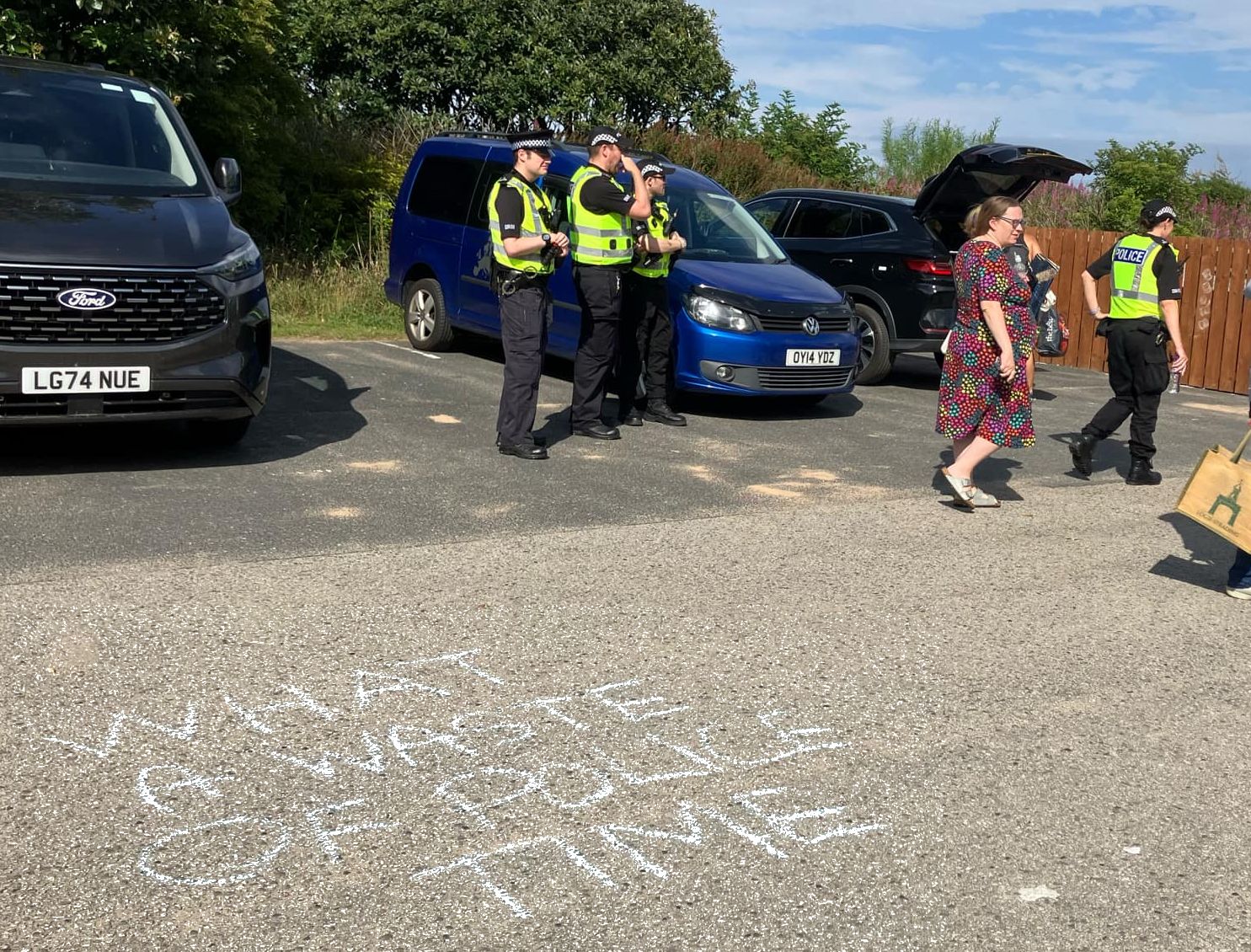 Despite Trump’s current visit being private, roads have been closed, residents restricted from accessing their homes, and a significant police presence deployed to the Menie estate. Officers are reportedly being drafted in from England and Northern Ireland.
Despite Trump’s current visit being private, roads have been closed, residents restricted from accessing their homes, and a significant police presence deployed to the Menie estate. Officers are reportedly being drafted in from England and Northern Ireland.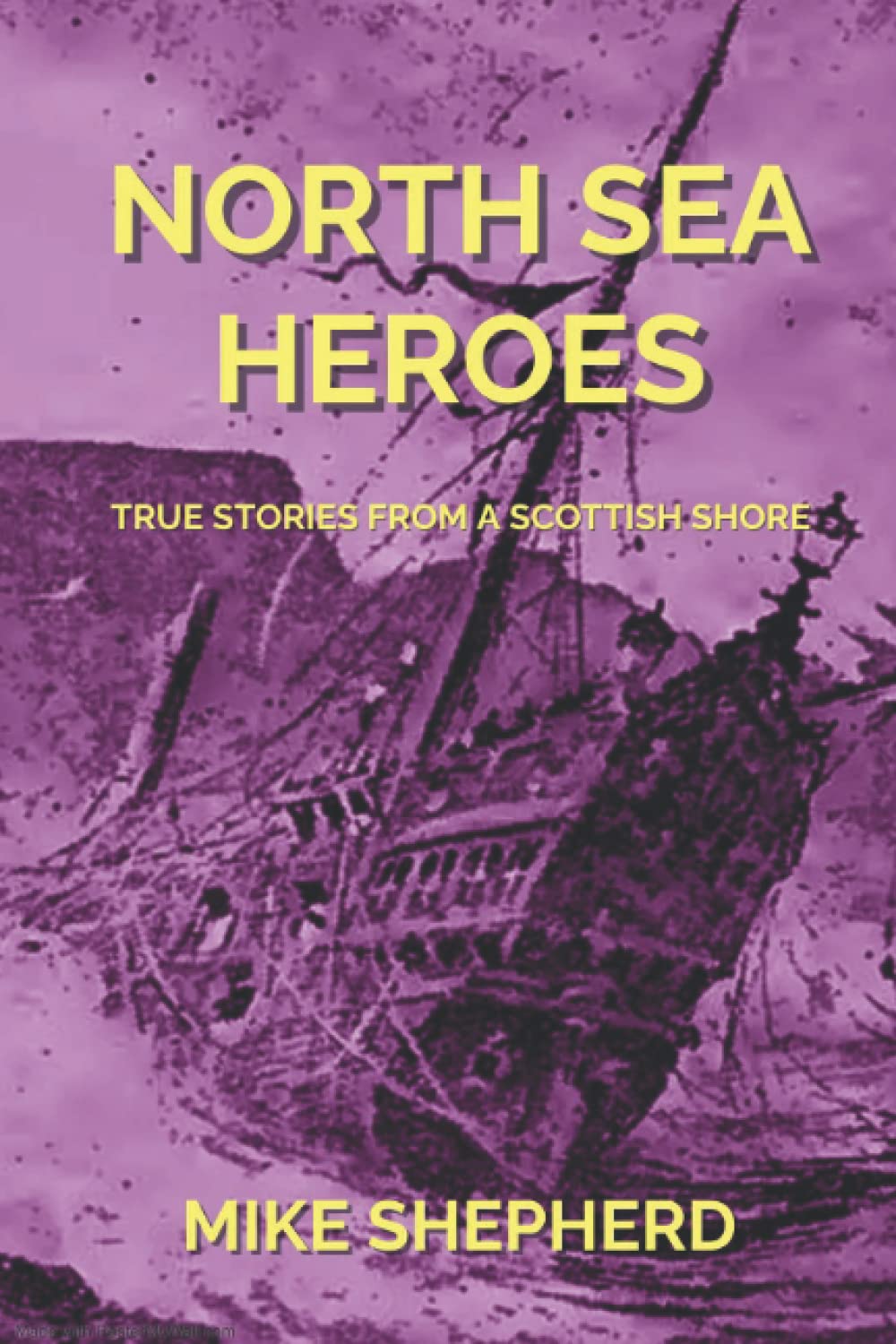 I think it was Robert Graves who once said that if you live by the pen, you can live almost anywhere. Graves of course came from a privileged background. He ended up in Majorca and famously said that if you take up that pen, you’d better have something to say.
I think it was Robert Graves who once said that if you live by the pen, you can live almost anywhere. Graves of course came from a privileged background. He ended up in Majorca and famously said that if you take up that pen, you’d better have something to say.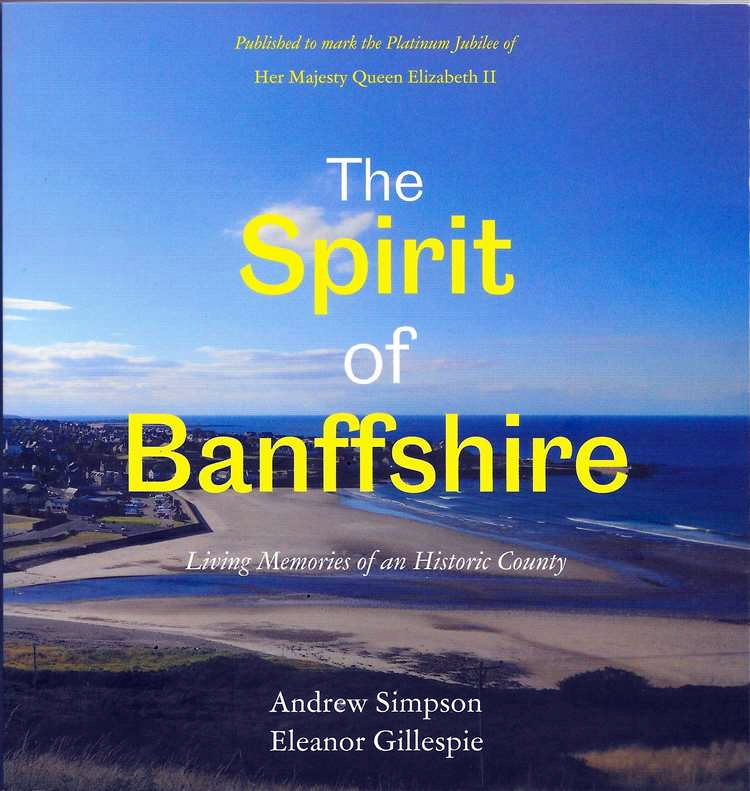

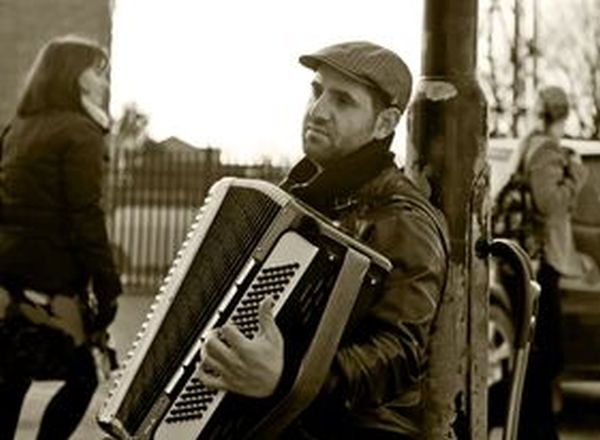 By Duncan Harley.
By Duncan Harley.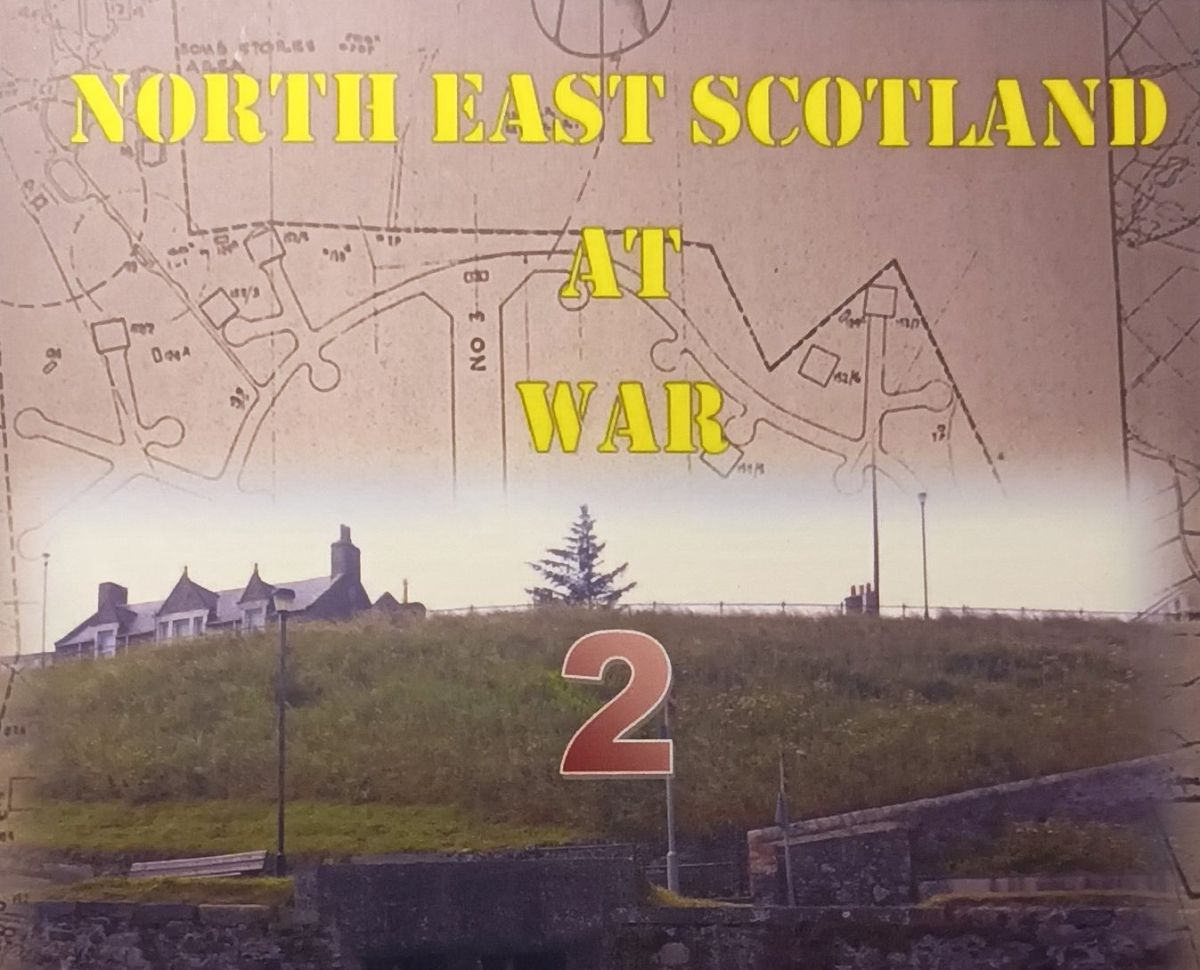 There are plenty of books out there which record the difficult years between the 1938 Chamberlain peace accord and the Soviet conquest of Berlin. Osborne’s ‘Defending Britain’ and Gordon Barclay’s ‘If Hitler Comes’ are the classics.
There are plenty of books out there which record the difficult years between the 1938 Chamberlain peace accord and the Soviet conquest of Berlin. Osborne’s ‘Defending Britain’ and Gordon Barclay’s ‘If Hitler Comes’ are the classics.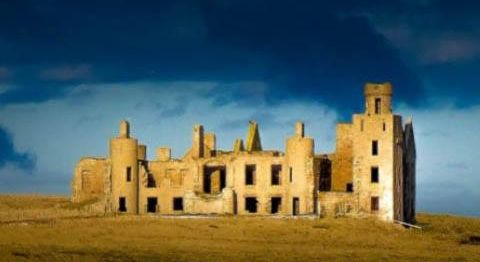 Slains Castle on the very edge of the Buchan coastline is a widely misunderstood edifice and a confusion of associations with Dracula do little to explain the history of the place.
Slains Castle on the very edge of the Buchan coastline is a widely misunderstood edifice and a confusion of associations with Dracula do little to explain the history of the place.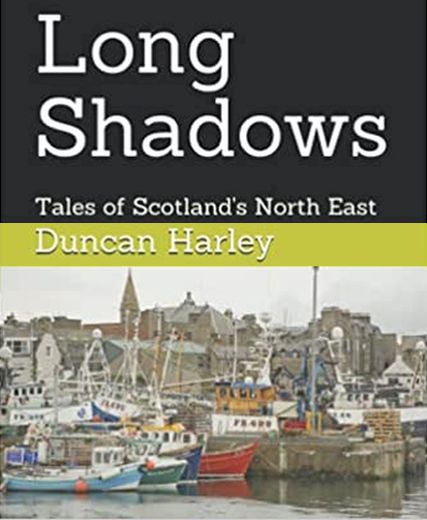 Authors are told that when they write the blurb for the back jacket of their book they should focus on explaining what the reader will get out of it when they buy it.
Authors are told that when they write the blurb for the back jacket of their book they should focus on explaining what the reader will get out of it when they buy it. By Suzanne Kelly.
By Suzanne Kelly.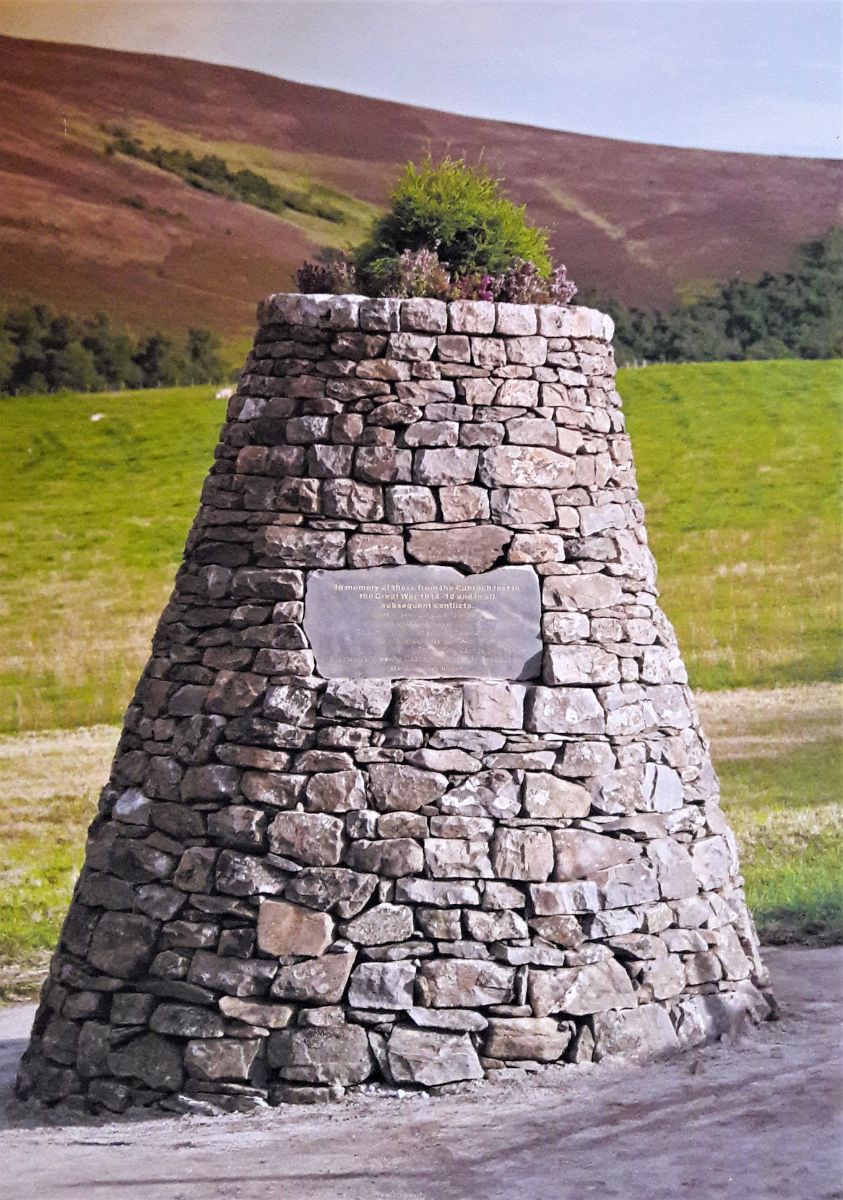 He was instrumental in the creation of
He was instrumental in the creation of